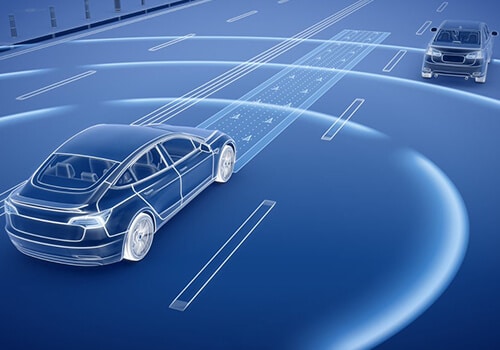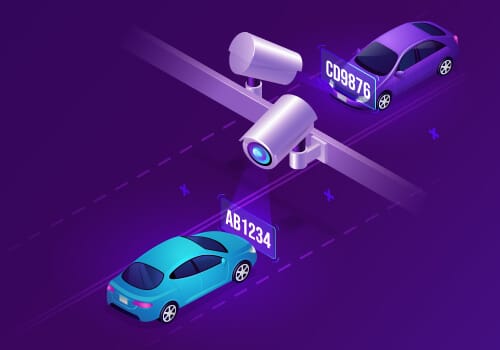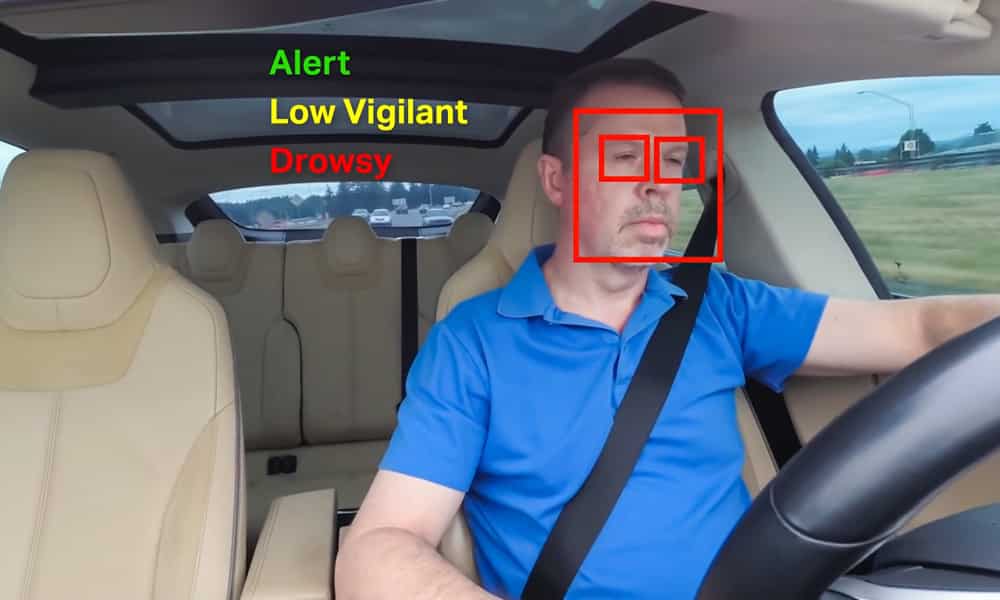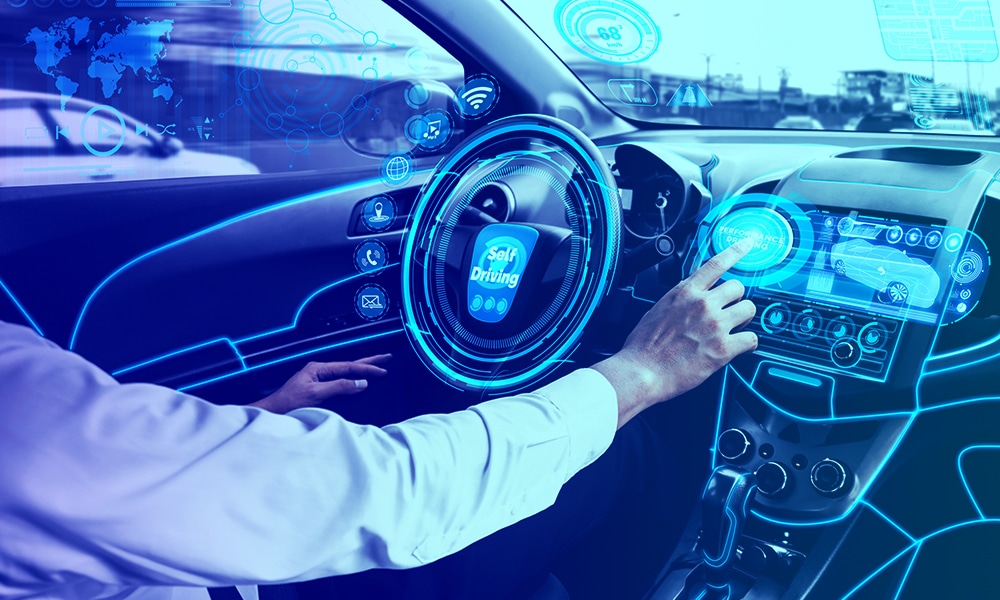In the last decade or less, every automaker you met was excited about the prospects of self-driving cars flooding the market. While a few major automakers have launched ‘not-quite-autonomous’ vehicles that can drive themselves down the highway (with a constant watch from the drivers, of course), the autonomous technology hasn’t happened as experts believed.
In 2019, globally, there were about 31 million autonomous vehicles (some level of autonomy) in operations. This number is projected to grow to 54 million by the year 2024. The trends show that the market could grow by 60% despite a 3% decrease in 2020.
While there are many reasons why self-driving cars could be launched much later than expected, one primary reason is the lack of quality training data in terms of volume, diversity, and validation. But why is training data important for autonomous vehicle development?
Importance of Training Data for Autonomous Vehicles
Autonomous vehicles are more data-driven and data-dependent than any other application of AI. The quality of autonomous vehicle systems depends largely on the type, volume, and diversity of training data used.
To ensure autonomous vehicles can drive with limited or no human interaction, they must understand, recognize, and interact with real-time stimuli present on the streets. For this to happen, several neural networks have to interact and process the collected data from sensors to deliver safe navigation.
How to Procure Training Data for Autonomous Vehicles?
A reliable AV system is trained on every possible scenario a vehicle might encounter in real-time. It must be prepared to recognize objects and factor in environmental variables to produce accurate vehicle behavior. But gathering such large volumes of datasets to tackle every edge case accurately is a challenge.
To properly train the AV system, video and image annotation techniques are used to identify and describe objects within an image. Training data is collected using camera-generated photos, identifying the images by categorizing and labeling them accurately.
Annotated images help machine learning systems and computers learn how to perform required tasks. Contextual things like the signals, road signs, pedestrians, weather conditions, the distance between vehicles, depth, and other relevant information are provided.
Several top-notch companies provide training datasets in different image and video annotation formats that developers can use to develop AI models.
Where Does the Training Data Come From?
Autonomous vehicles use a variety of sensors and devices to gather, recognize and interpret the information surrounding their environment. Various data and annotations are required to develop high-performing AV systems powered by artificial intelligence.
Some of the tools used are:
Camera:
The cameras present on the vehicle records 3D and 2D images and videos
Radar:
Radar provides crucial data to the vehicle regarding object tracking, detection, and motion prediction. It also helps build a data-rich representation of the dynamic environment.

LiDaR (Light Detection and Ranging):
To accurately interpret 2D images in a 3D space, it is vital to use LiDAR. LiDAR helps in measuring depth and distance and proximity sensing using Laser.
Point to Note While Collecting Autonomous Vehicle Training Data
Training a self-driving vehicle is not a one-off task. It requires continuous improvement. A fully autonomous vehicle can be a safer alternative to driverless cars that need human assistance. But for this, the system has to be trained on large quantities of diverse and high-quality training data.
Volume and Diversity
A better and more reliable system can be developed when you train your machine learning model on large quantities of diverse datasets. A data strategy in place that can accurately identify when a dataset is sufficient and when real-world experience is required is needed.
Certain aspects of driving come only from real-world experience. For example, an autonomous vehicle should anticipate deviant real-world scenarios such as turning without signaling or encountering a pedestrian jaywalking.
While high-quality data annotation helps to a large extent, it is also recommended to acquire data in terms of volume and diversity during the course of training and experience.
High Accuracy in Annotation
Your machine learning and deep learning models must be trained on clean and accurate data. Autonomous driving cars are becoming more reliable and registering high levels of accuracy, but they still need to move from 95% accuracy to 99%. To do that, they have to perceive the road better and understand the unusual rules of human behavior.
Using quality data annotation techniques can help improve the accuracy of the machine learning model.
- Start by identifying gaps and disparities in information flow and keep the data labeling requirements updated.
- Develop strategies to address real-world edge case scenarios.
- Regularly improve the model and quality benchmarks to reflect the latest training goals.
- Always partner with a reliable and experienced data training partner who uses the latest labeling and annotation techniques and best practices.
Possible Use Cases
Object Detection & Tracking
Several annotation techniques are used to annotate objects such as pedestrians, cars, road signals, and more in an image. It helps autonomous vehicles detect and track things with greater accuracy.
Number Plate Detection
Analysing Semaphore
Again, using the bounding box technique, signals and signboards are easily identified and annotated.
Pedestrian Tracking System
Pedestrian tracking is done by tracking and annotating the pedestrian’s movement in every video frame so that the autonomous vehicle can accurately pinpoint pedestrians’ movement.
Lane Differentiation
Lane differentiation plays a crucial role in autonomous vehicle system development. In autonomous vehicles, lines are drawn over lanes, streets, and sidewalks using polyline annotation to enable accurate lane differentiation.
ADAS Systems
Advanced Driver Assistance systems help autonomous vehicles detect road signs, pedestrians, other cars, parking assistance, and collision warning. For enabling computer vision in ADAS, all road signs images must be annotated effectively to recognize objects and scenarios and take timely action.
Driver Monitoring System / In-cabin Monitoring
In-cabin monitoring also helps ensure the safety of the occupants of the vehicle and others. A camera placed inside the cabin gathers vital driver information such as drowsiness, eye gaze, distraction, emotion, and more. These in-cabin images are accurately annotated and used for training the machine learning models.
Shaip is a premier data annotation company, playing a crucial role in providing businesses with high-quality training data for powering autonomous vehicle systems. Our image labeling and annotation accuracy have helped build leading AI products in various industry segments, such as healthcare, retail, and automotive.
We provide large quantities of diverse training datasets for all your machine learning and deep learning models at competitive prices.
Get ready to transform your AI projects with a reliable and experienced training data provider.








